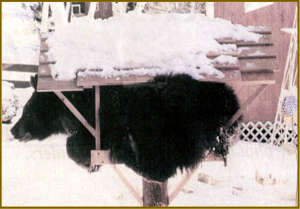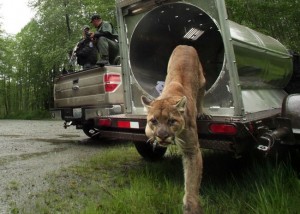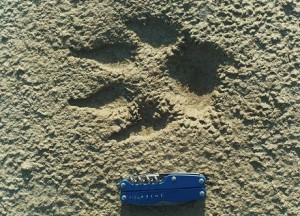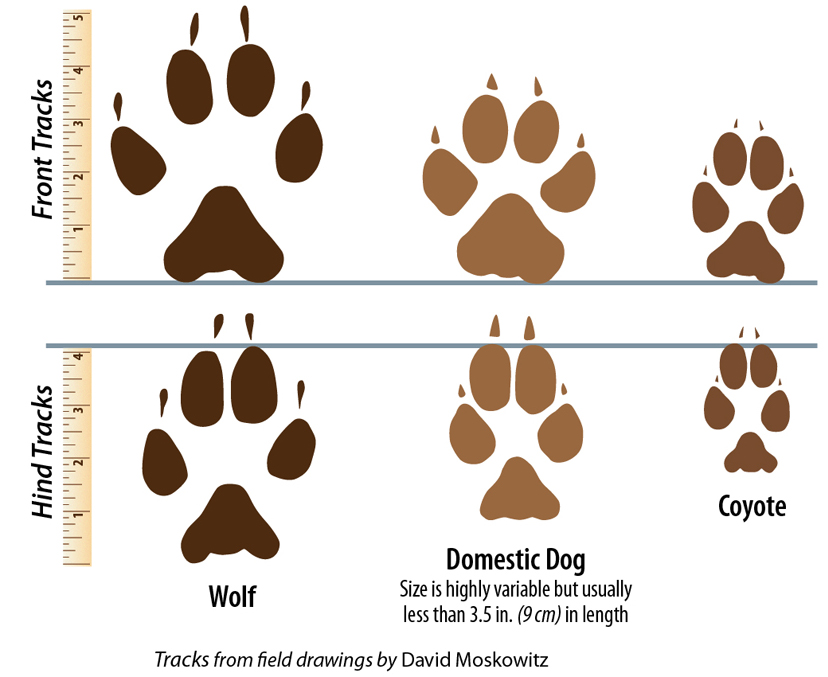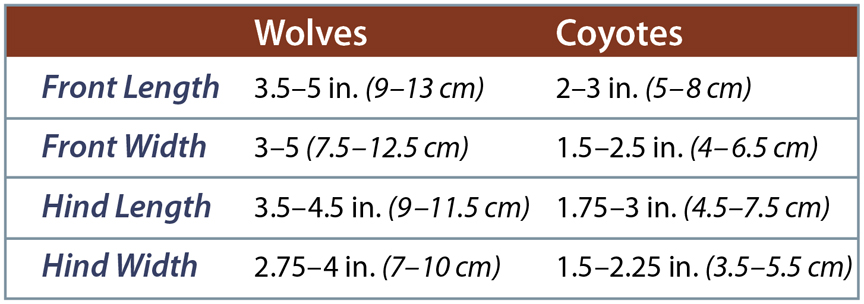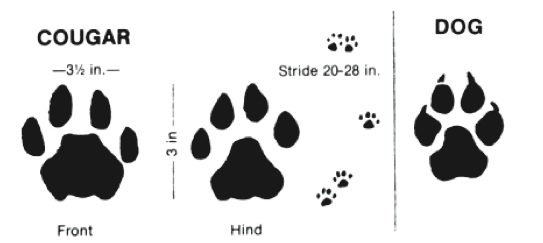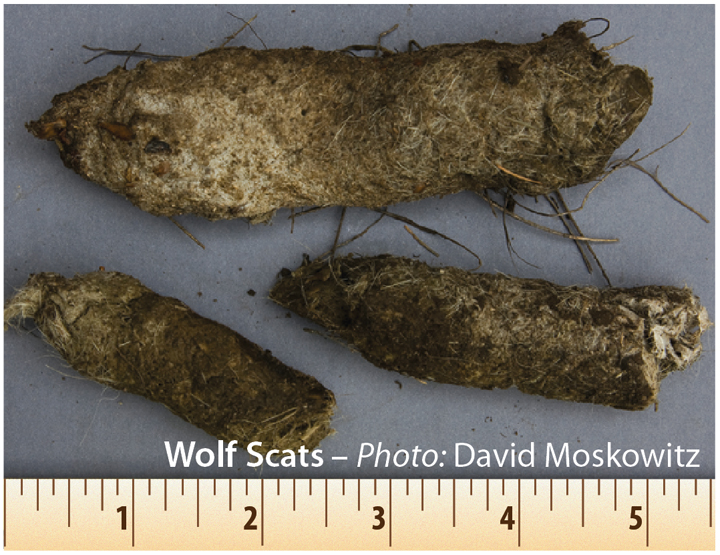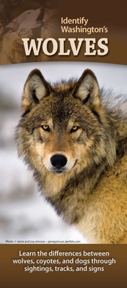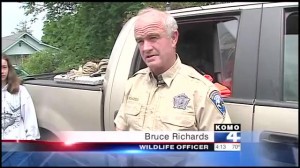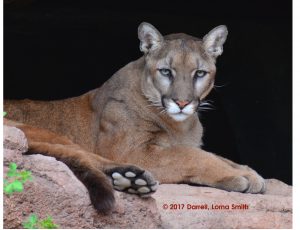
On Saturday, May 19th, two recreationalists riding mountain bikes were attacked by a young, emaciated cougar near North Bend, Washington. Tragically, one of the riders did not survive the attack. Since that event, Western Wildlife Outreach has received a number of inquiries and comments from individuals expressing fear for their own safety in the event of encountering a cougar, also called mountain lion or puma, in the wild. As a result of this singularly rare fatal event and the strong response received, Western Wildlife Outreach, in consultation with the Washington Department of Fish and Wildlife, has made some revisions to the safety advice we provide for those visiting and recreating in areas where cougars may be present. Cougars are normally shy, elusive, and rarely observed. But as Washington’s human population grows, and more and more people are recreating outdoors, the chance of observing or encountering cougars may increase. Following the steps outlined below will help ensure your safety should you encounter a cougar. Being a good steward at home and in the wild will help keep humans and their animals, as well as cougars, safe.
Cougar Safety Tips
The sighting of a cougar does not mean that the cougar poses a threat to human safety. Cougar attacks on humans are extremely rare. Cougars are secretive and shy, and usually avoid contact with people, although they may hunt and cache deer in areas inhabited by humans.
If You Encounter a Cougar
- Never approach the cougar or offer it food.
- Stay together in one group.
- Face the cougar. Talk to it firmly and hold your ground . Always leave the animal an escape route.
- Move slowly. Running or other rapid movements may trigger an attack.
- Try to appear larger than the cougar. If wearing a jacket, hold it open to further increase your apparent size. If you are in a group, stand shoulder-to-shoulder to appear intimidating.
- If the cougar does not leave the area, be more assertive. If it shows signs of aggression (crouches with ears back, teeth bared, hissing, tail twitching, and hind feet pumping in preparation to jump), shout, wave your arms and throw anything you have available (water bottle, book, backpack) at the animal.
- If the cougar attacks, fight back. Be aggressive and stay on your feet. Spraying bear spray (EPA approved) in the cougar’s face is also effective. Keep bear spray accessible and review directions on its use. It has been shown to be effective against cougars. (you can watch a video on proper use of bear spray here.)
- Cougar kittens can look similar to domestic cats. Always give a cougar or cougar kittens a very wide berth.
Hiking, Camping and Recreating
- Carry bear spray whenever you recreate outdoors, and keep it accessible. Most brands of bear spray are sold with holsters for accessibility. Never store bear spray in a backpack.
- Hike in small groups and keep children close to the group.
- Make enough noise to avoid surprising wildlife, especially at bends in the trail. Whistles work well.
- Do not approach dead animals, especially deer or elk; they could be cougar prey left for a later meal.
- Keep your camp clean and store food and garbage in double plastic bags away from sleeping areas.
Mountain Biking
- Always ride with a partner or in a small group, never alone.
- Use a bell or make noise as you go along the trail.
Running
- Avoid running in cougar country alone, if at all, but especially not at dawn, dusk or after dark.
- Avoid running with headphones or ear buds that can block out sounds around you.
- Make noise as you go along trails.
Home, Pet, and Livestock Safety in Cougar Country
If you live where there are abundant deer, chances are good that you also have cougars living nearby. Cougars have large home ranges, and if sighted are likely just passing through. Its wise to take precautions to avoid conflicts.
Home Safety
- Don’t feed deer, feral cats, or other wildlife which can attract cougars.
- Landscape around your home for safety.
- Do not landscape with plants that are palatable to deer. Deer can attract cougars to your yard.
- Prune shrubs and trees around the base to keep cougars from using them as hiding spots.
- Install lighting to illuminate walkways at night.
- Seal off open spaces under buildings and porches to prevent use as shelter.
- Make food, water, or shelter unavailable at all times.
- Cougars use natural areas to move through populated areas into more remote habitat. If food, water, and shelter are not available cougars generally move on more quickly.
- Keep garbage cans tightly sealed and compost secured.
- Supervise small children outdoors especially during the hours around dawn and dusk when cougars are most active.
Pet Safety
- Keep dogs and cats indoors, especially after dusk and before dawn, to prevent them from becoming prey for cougars and other carnivores.
- Keep pet food indoors. If you feed animals outside, gather up the food and water bowls and clean up spilled food so as not to attract wild animals.
- If you must keep pets outside, consider installing a cougar-resistant fence or kennel.
Livestock Safety
- Whenever possible, confine livestock and other domestic animals in secured and covered enclosures or barns, especially goats, sheep, and chickens.
- Consider using a livestock guard animal. Even small-scale hobby farmers should consider the use of a livestock guardian animal to deter predators like cougars. Many ranchers and livestock owners use special breeds of dogs that are well suited for protecting livestock, and some are bred to be more social for situations close to home.
- Install an electric fence around areas where livestock or domestic animals are kept.


